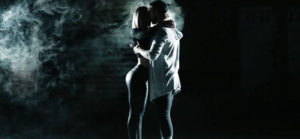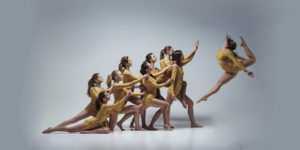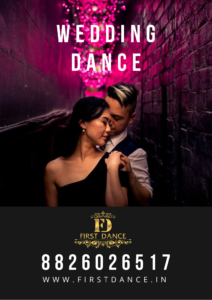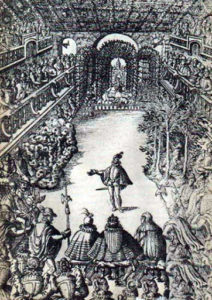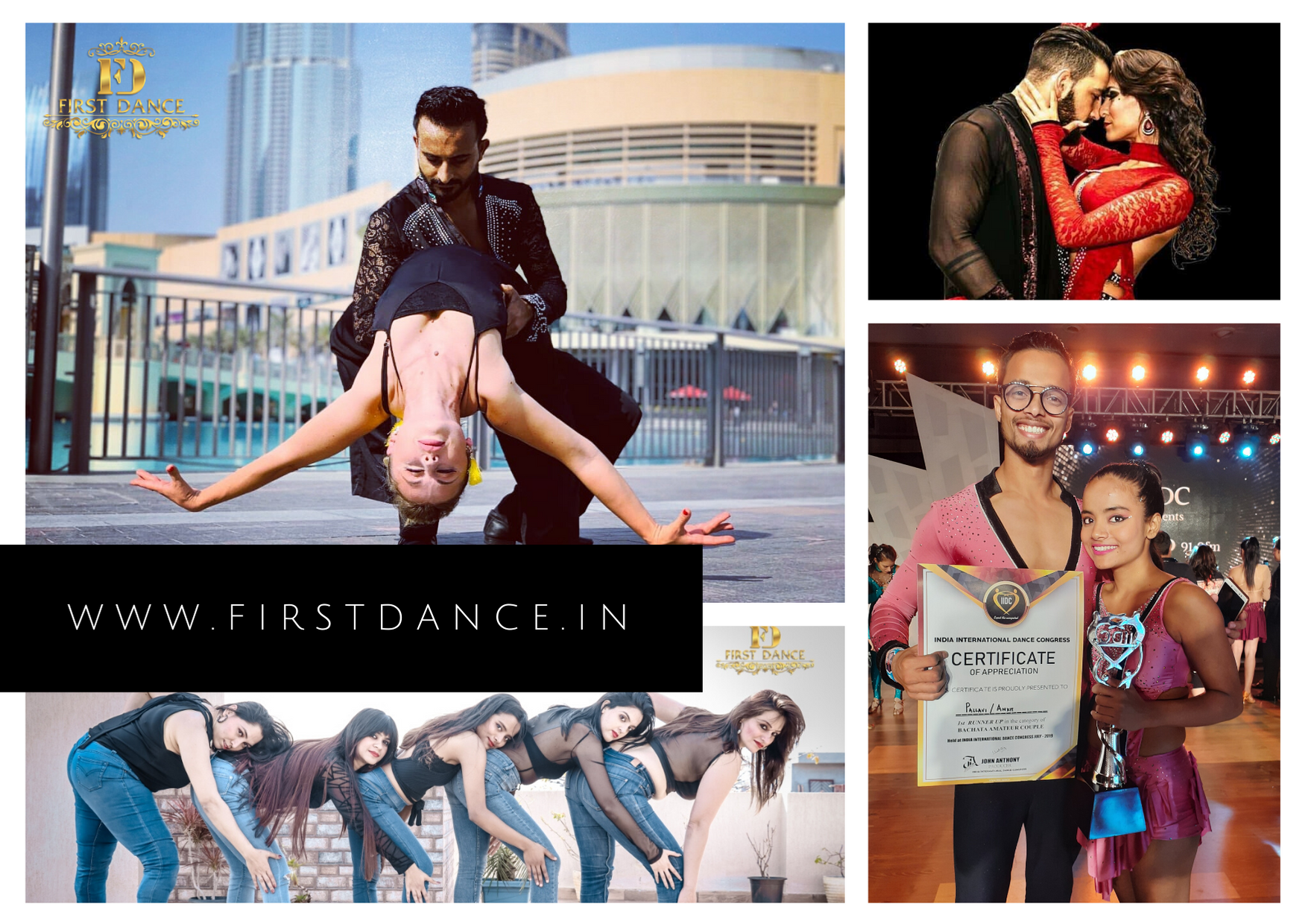Kizomba is one of the most popular genres of dance and music originating from Angola. It is a derivative of semba, with a mix of Kilapanda and Angolan Merengue, and sung generally in Portuguese. … It was the Kimbundu name for a dance in Angola as early as 1894. The kizomba dancing style is also known to be very sensual.
Did you check here simple basics for kizomba!
Semba is a rhythmic form of music and dance from Angola. It was born in the 20th century at the creative intersection of traditional African dance and colonial European influence. Its characteristic rhythm is one of the main contributors to kizomba music. Semba was played by small bands in Angola, especially at large social gatherings. It is frequently confused with Brazilian samba, since their names are so similar. People say the word ‘semba’ comes from ‘massemba’ meaning “a touch of the bellies” – one of the most recognizable and entertaining movements in semba. It is possible that samba comes from the same root, from Angolan people being moved to Brazil by the Portuguese.
Semba is a danced based on walking. The dance has a range of tempos, from slow and relaxed to blisteringly fast, but it has an undeniable energy. The dance can be linear or move around the lead. The hold is similar to a ballroom hold, although leaders lean forward or bend slightly at the waist, and ladies never lean back. It is also very playful, sometimes incorporating comedic expressions or mimed grabs for an escaping partner.
Never tried it? Here are Semba dance style!
